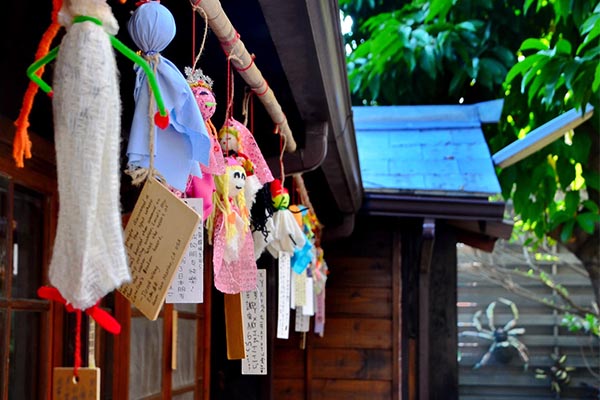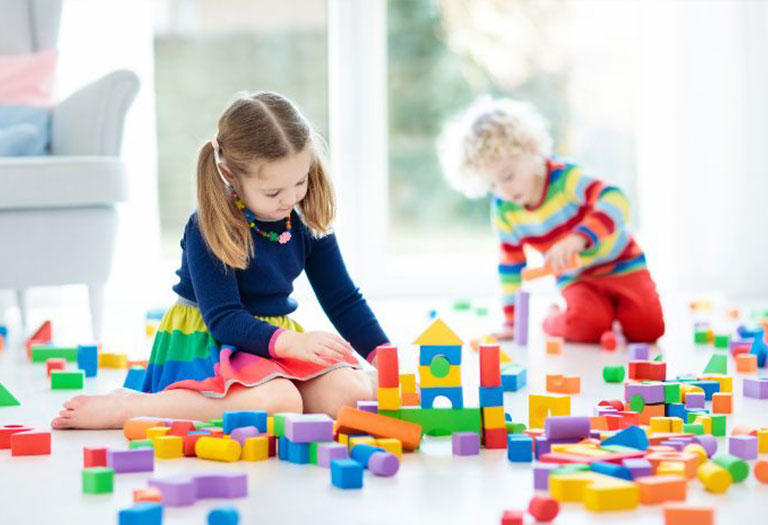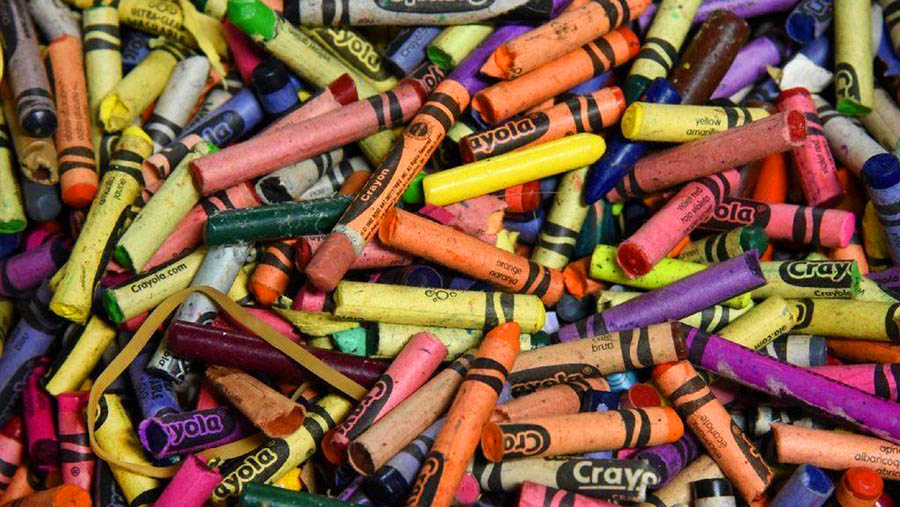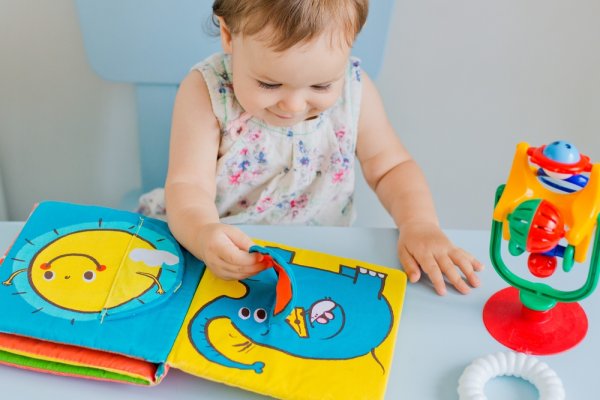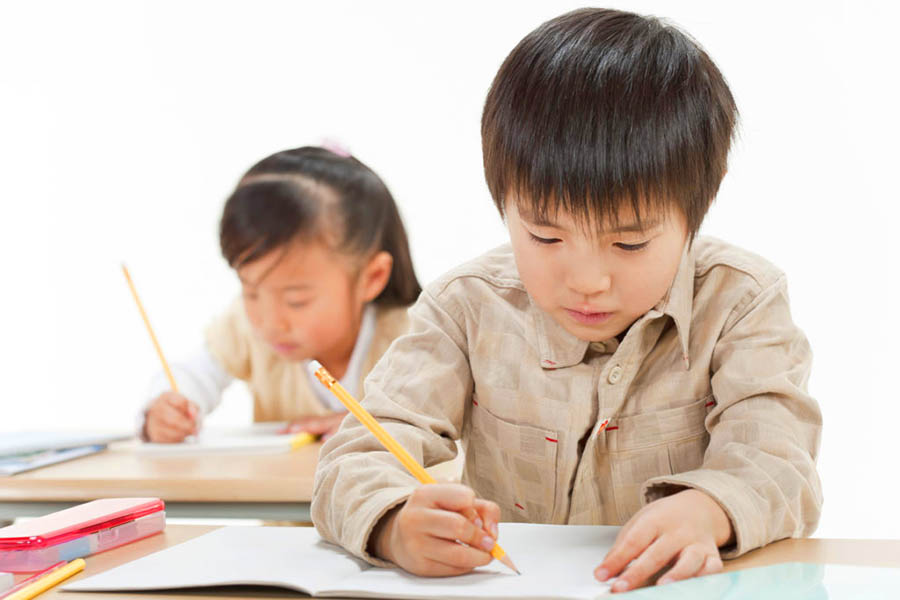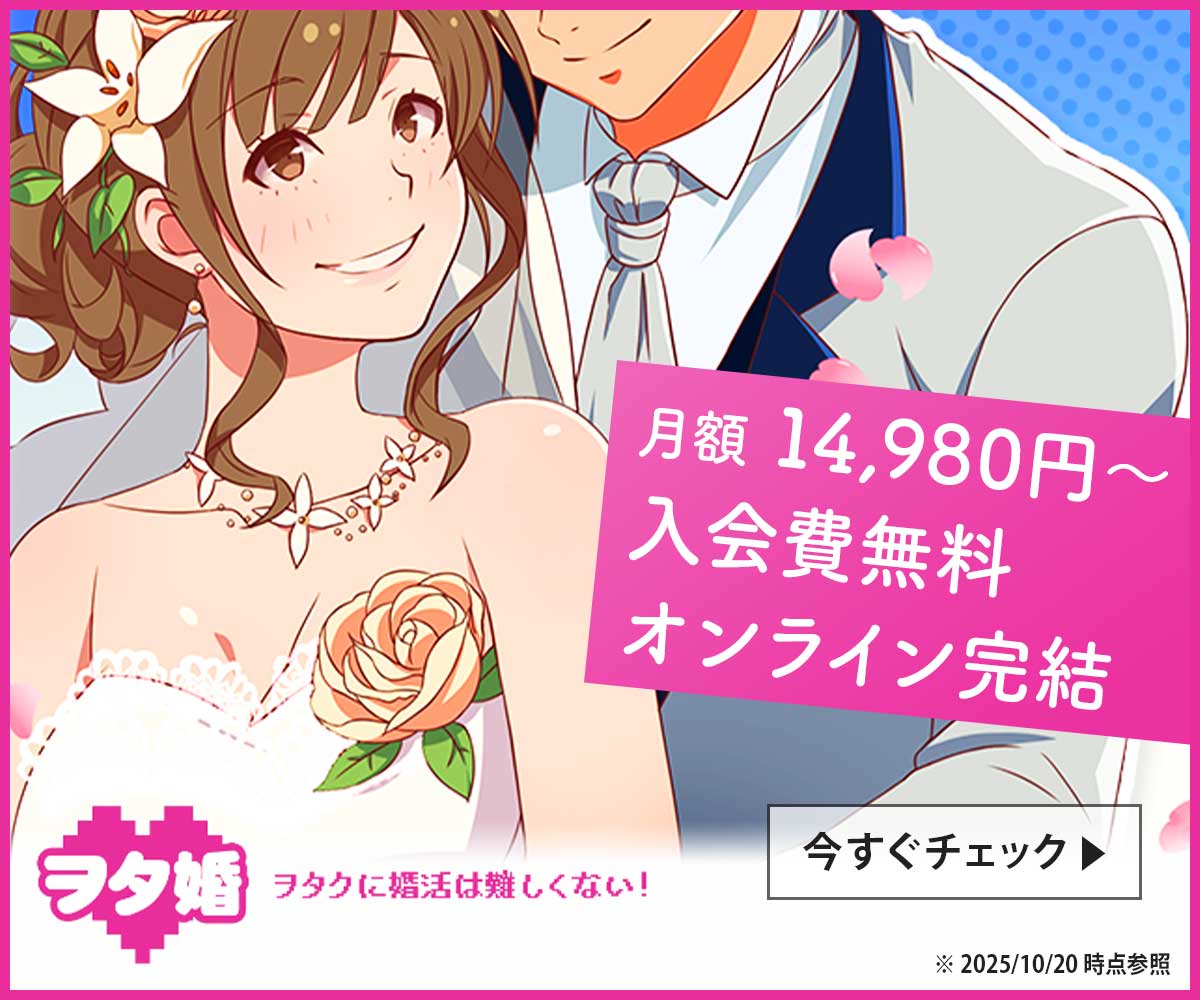When it was raining, or the day before an event, you used to make “teru teru bozu” out of tissues and other materials when you were a child.
Recently, my own children have started making teru teru bozu and finding them all over the house, and it occurred to me: what exactly is a teru teru bozu? I suddenly wondered what a teru teru bozu is.
This time, I would like to introduce the origin and meaning of teru teru bozu, as well as the correct way to make and hang teru teru bozu to increase its effectiveness.
What is teru teru bozu? Origin and Origins
Teru teru bozu is said to be a custom introduced from China (Tang Dynasty) during the Heian period (794-1185).
During the Tang Dynasty in China, there was a legend that if you hung a paper doll called “Saoqingyan,” made to look like a girl with a broom, on the left side of the gate, it would drive away the rain clouds.
This paper doll was based on a legend.
Legend of the Sweeping Sunshine Daughter (Sao Chin Nyang)
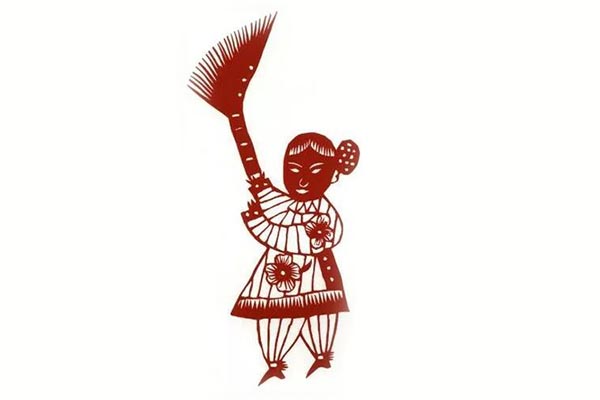
A village in China was troubled by flooding caused by daily rain. A beautiful daughter in the village prayed to the “Dragon God,” the god of rain, to stop the rain.
The dragon god told her, “If you become my queen, I will stop the rain. The daughter agreed for the sake of the village, and the rain stopped without incident and the sky cleared up.
However, the daughter ascended to heaven, where the dragon god resides, and disappeared.
Why “Sweeping Sunshine Girl” became “Teru Teru Bohu
Then, why is it said and handed down in Japan as a monk instead of a girl? In Japan, monks (priests) are said to have higher magical powers and are more likely to make wishes come true, which is why they are called “monk”.
Originally, it was written as “teruteru-bouzu” or “teru teru-houzu,” and already in the mid-Edo period, there was a custom to hang a doll made of white cloth or paper from the eaves of the house to wish for clear skies the next day.
Even today, there are various names for the festival depending on the region, such as “teru teru hoshi,” “teru teru bozu,” “hiyori bozu,” “teru lele bozu,” and so on.
The right way to make teru teru bozu more effective
Teru teru teru bozu is often made from tissues and other materials. I have done the same, but don’t you also draw a face on it as a matter of course?
However, the official way of making teru teru bozu is to hang it without drawing a face on it, and after confirming that it is fine the next day, to write a face on it and dispose of it.
When making and hanging the teru teru bozu was a formal prayer event, the pupils would be written on it after it cleared up the next day, and then it would be thrown into the river together with sake offered to the gods.
From that time, it seems to have become the official view and practice that “if you write the face first, it will rain,” and “when the rain stops, write the face and dispose of it with gratitude.
It is also believed that writing a face in ink or other blotting ink brings rain, as the rain blots out the face and makes it look as if it has cried.
How to hang teru teru bozu
How to hang it not upside down
It is difficult to stabilize the center of gravity of teru teru bozu, and they often end up upside down.
When making a teru teru bozu, make the body longer so that the body part is heavier than the head part to improve balance.
Also, if you do not use easily tearable materials such as tissue, you can use tape or other means to attach directly to the apex of the head and hang a string from it.
Where to hang teru teru bozu
In the past, the most common place to hang them was at the gate or eaves, but nowadays many households hang them on balconies, doorways, or curtain rails near windows.
Since it is a prayer to the heavens for clear skies the next day, it is best to hang it where you can see the sky and the sun as much as possible.
When you hang a teru teru bozu upside down
Teru teru bozu are made to wish for sunshine, but hanging them upside down has the effect of wishing for rain.
When you want it to rain on the next day, hang it upside down. Upside-down teru teru teru bozu are also called “ame ame bozu” or “yure yure yure bozu.
summary
When you have kids, you often make teru teru bozu.
I found some urban legends, a little scary and sad stories, but I hope the next day will be sunny! I hope the next day will be sunny, and if my wish comes true, I will draw a cute face on it with them.


